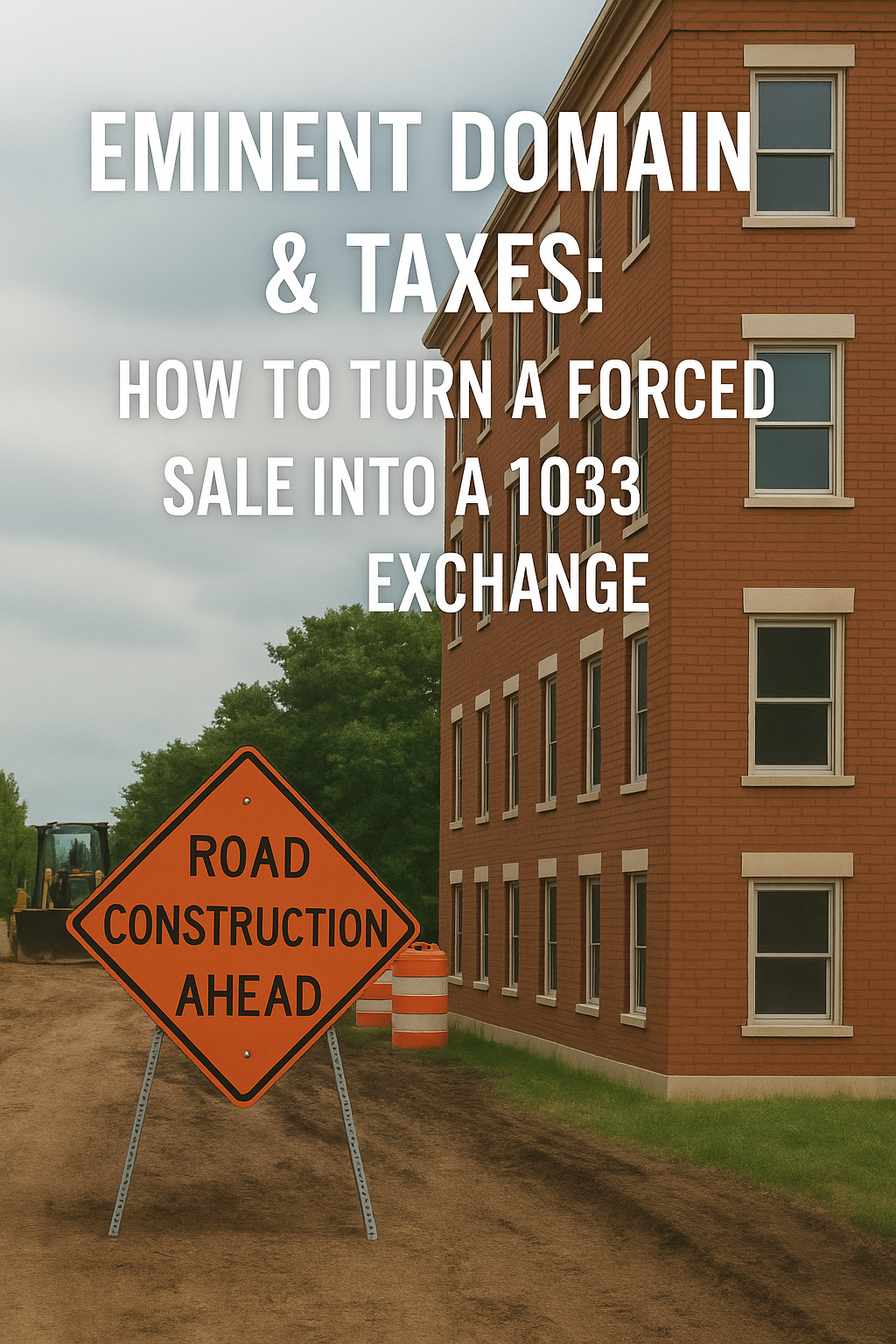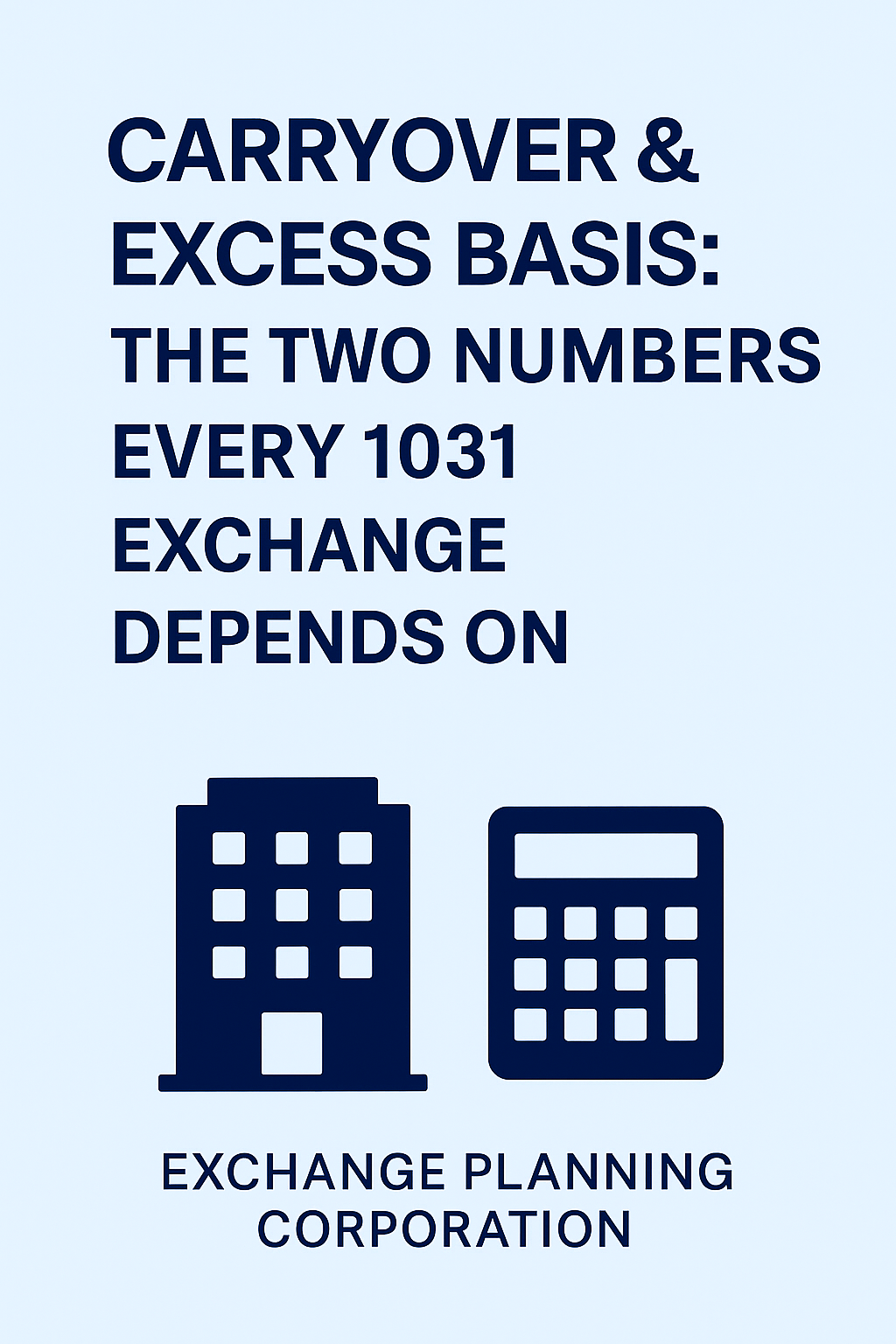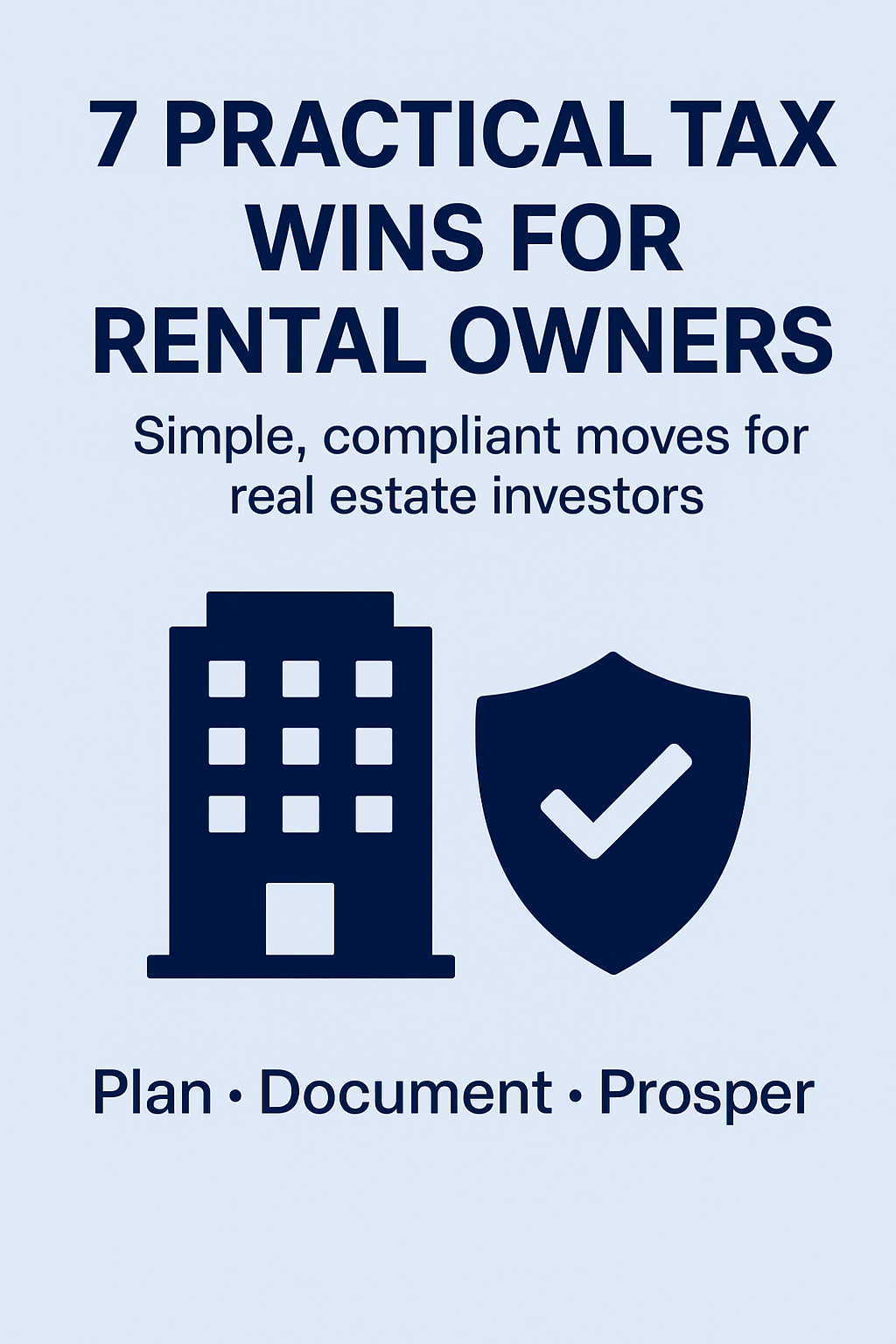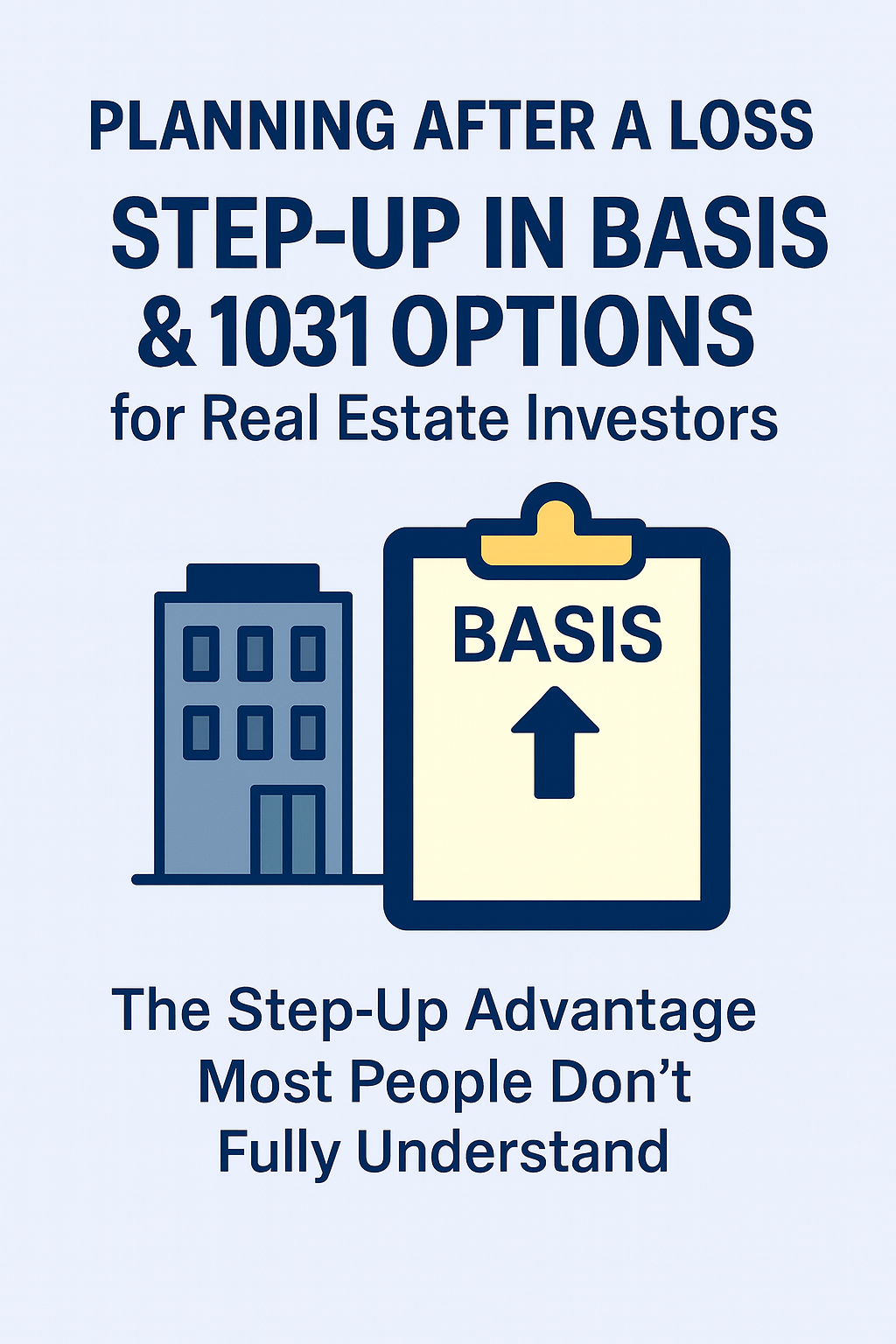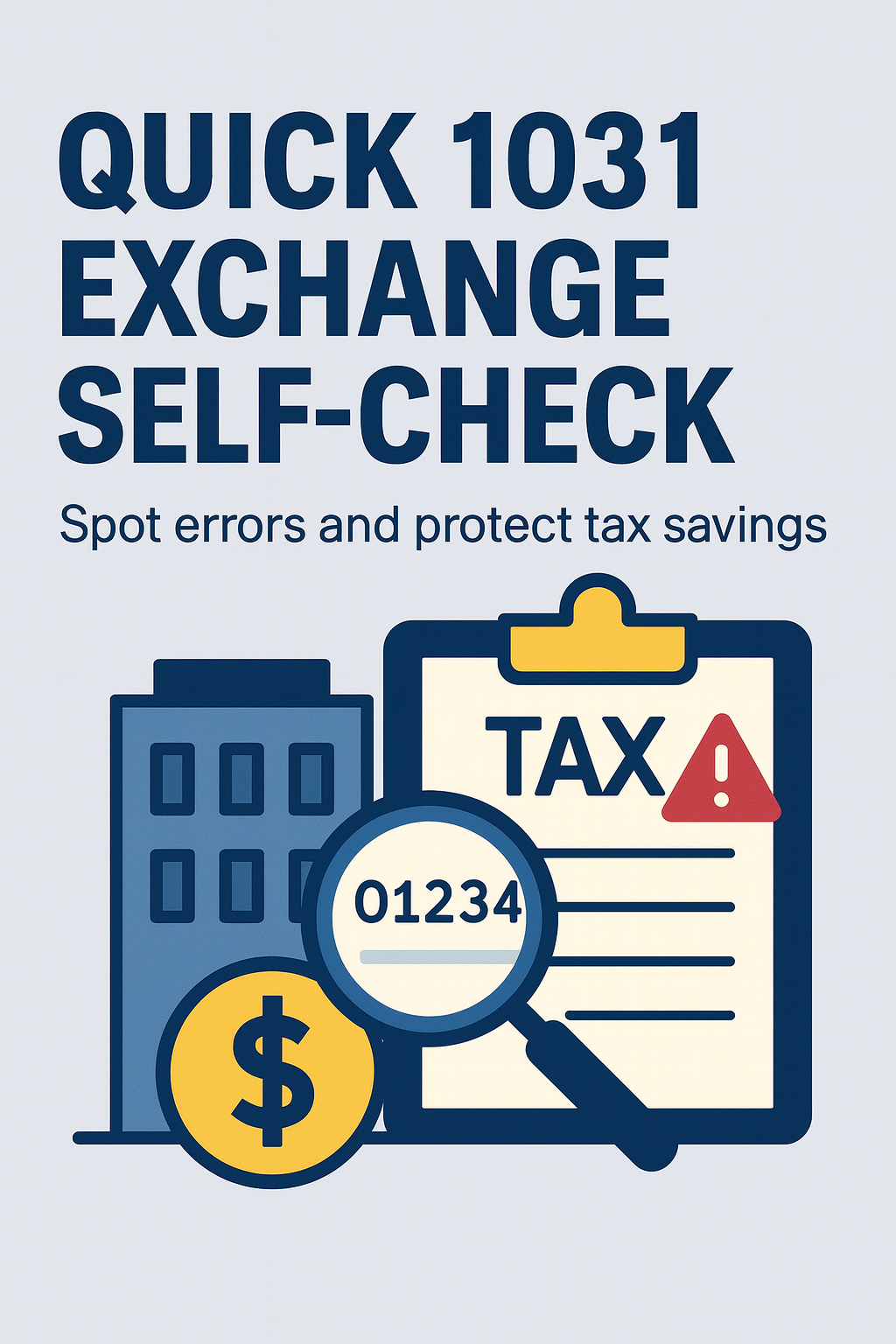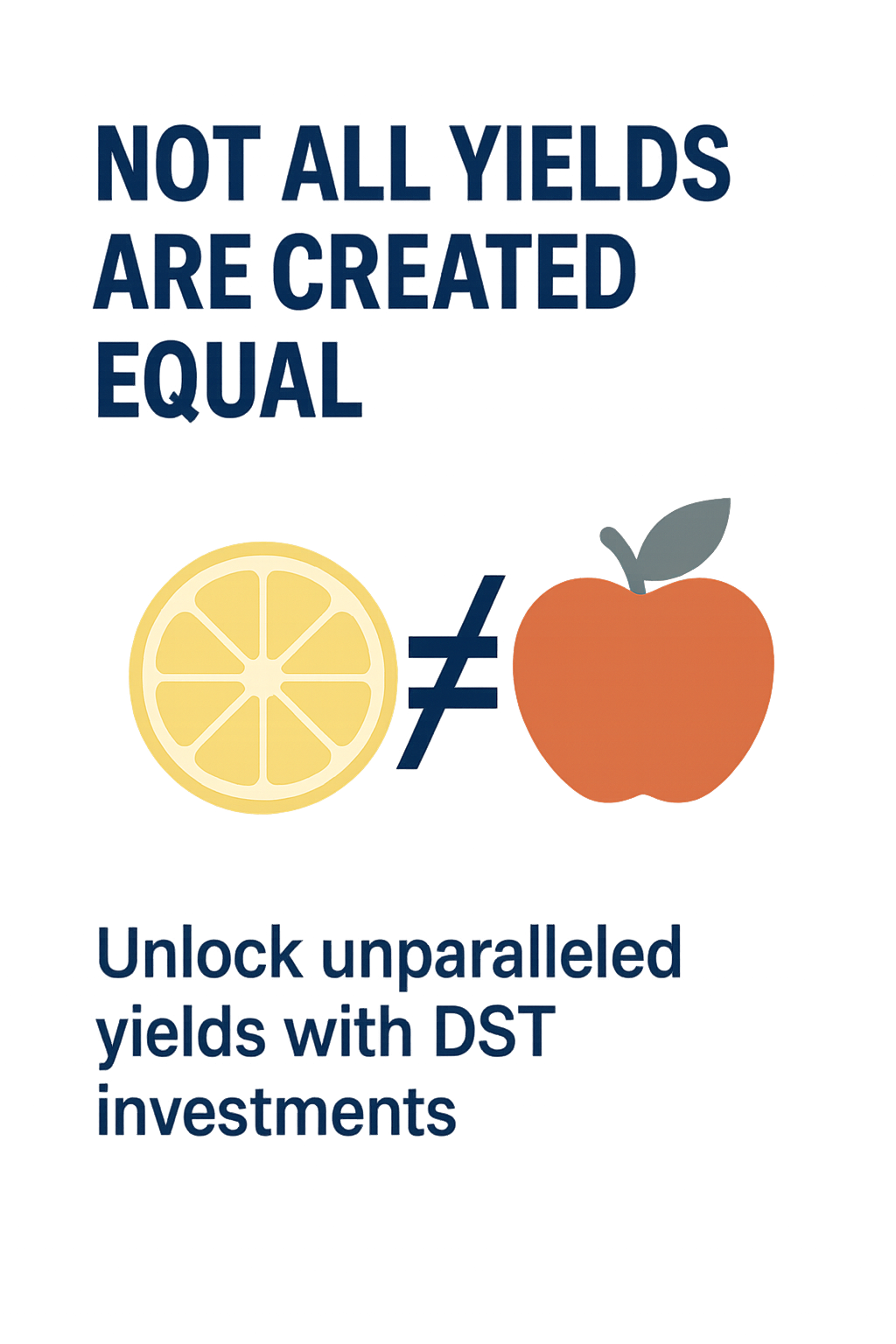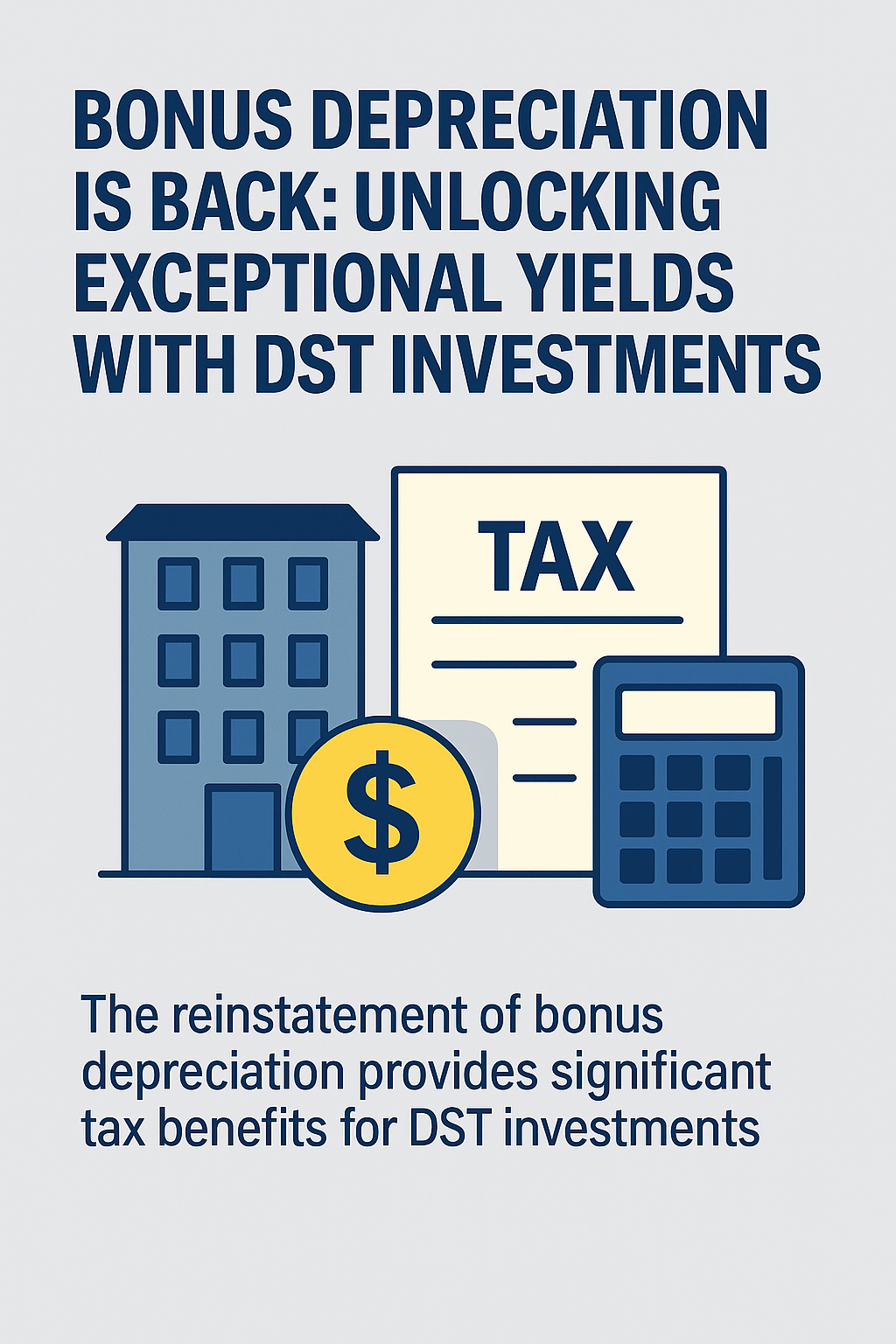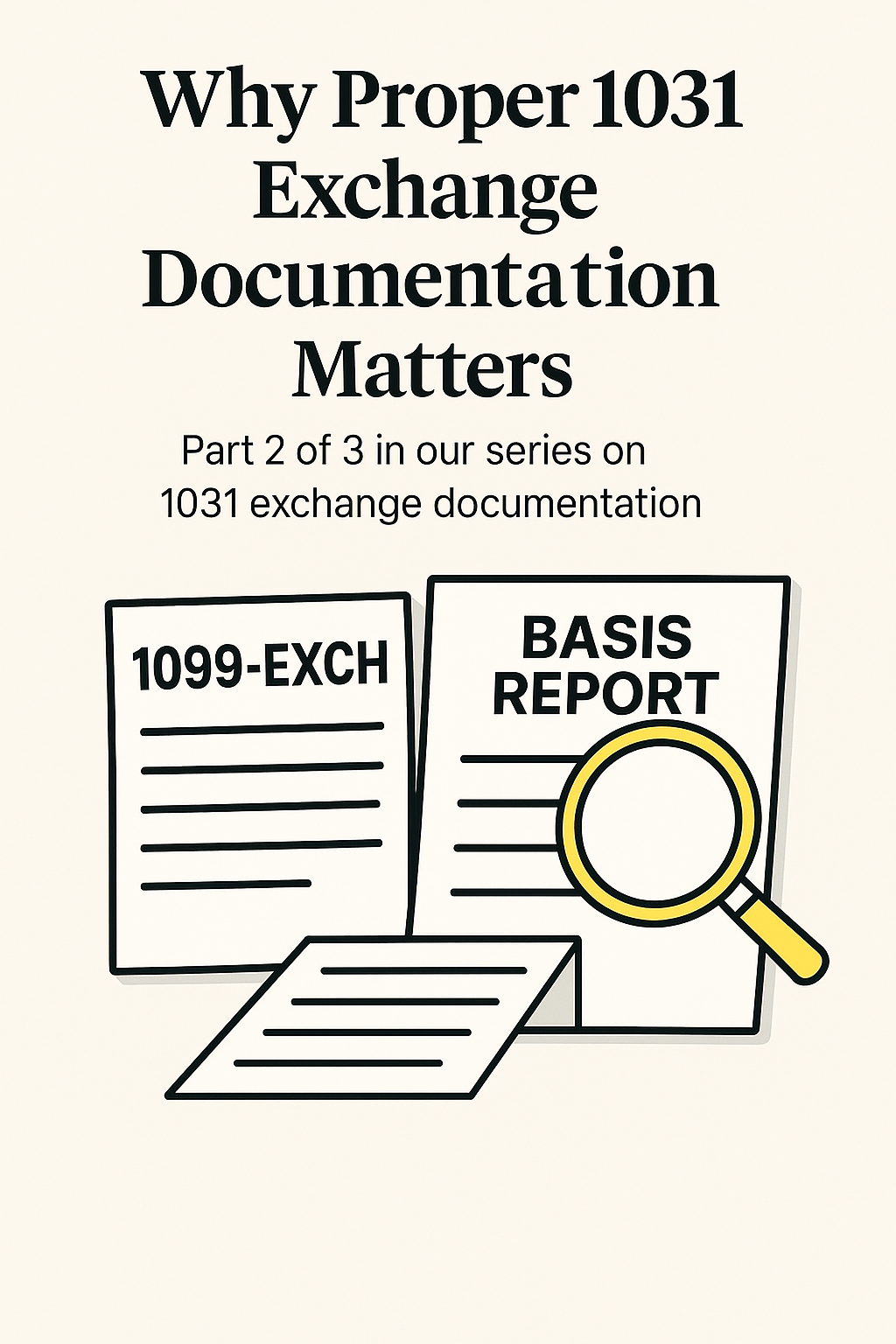Meet Deb
Deb was a long-time DST investor. She and her husband had recently dissolved the business that they had run together since the beginning of time.
A few years past, Deb had decided that she would like to own something besides DSTs, so she’d bought a single-tenant triple net lease property, something like a Dollar General. After owning the single-tenant triple net property for a few years, Deb started to worry that the property would lose value due to inflation. She decided to sell the property. The sale was difficult, and Deb did not realize as much cash as she’d hoped from it. She was left with more debt to replace and less cash to replace it with: a high exit LTV.
The High Exit LTV Problem
Deb having a high exit LTV meant that she would have a more difficult time buying a replacement property that would not create boot. Suppose Deb sold her property for $2,000,000, and the exit LTV was 60%. That would mean that a $1,200,000 loan was paid off, leaving Deb with $800,000 cash. Deb found a DST she wanted to buy that had 50% leverage. Her $800,000 of cash would only buy $1,600,000 worth of property, leaving her with $400,000 of boot. The $400,000 boot would be taxed as a long-term capital gain. Since Deb lives in California, her taxes would be about $130,000. Naturally, Deb didn’t want to pay that kind of tax.
Solutions to the Problem
There are a few different solutions to a problem like this. One is what we call a zero-coupon DST. Zero-coupon DSTs pay zero in cash flow, but they have a high LTV. Let’s say a certain zero-coupon had an 84% LTV. If Deb invested $113,000 there and the rest in the DST she liked, she would have a total purchase of just over $2,000,000 with no boot.
In many cases, purchasing a zero-coupon is a great way to avoid boot when a client has a high exit LTV. In Deb’s case, however, putting $113,000 into a zero-coupon would mean $6,000 less income per year. One of Deb’s goals was to have more annual cash flow. She had another $100,000 in cash that she was looking to invest in something that produced cash flow.
On our advice, Deb used the $100,000 to replace debt in her exchange by investing it in the DST she liked. She ended up replacing $200,000 of debt because she could use both the extra cash and the debt it “bought” to offset her boot. This meant that instead of purchasing $113,000 of the zero-coupon, Deb only needed to purchase $47,000. By putting less money in the zero and the $100,000 in the other DST, Deb got extra principal in her favored DST. It now pays her 5% cash flow on the $100,000 plus the additional $66,000 that she didn’t have to put in the zero-coupon. Even though Deb only added $100,000 to the transaction, she ended up with $166,000 going into the DST paying 5%. This gave her an extra $8,300 income per year.



